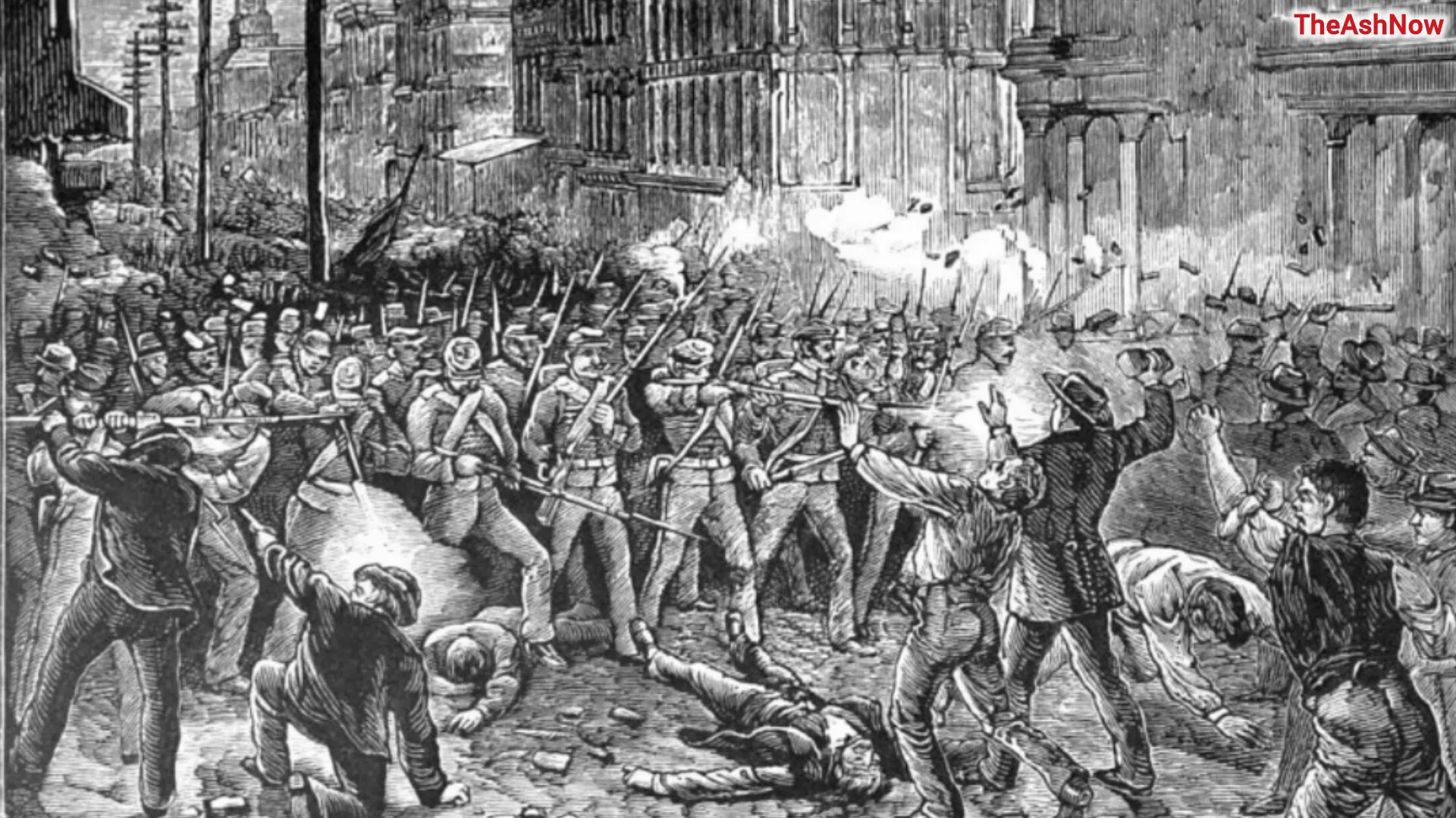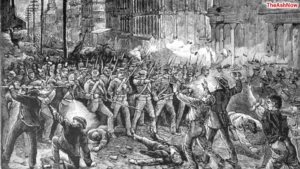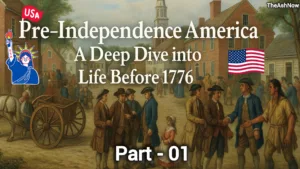American History Timeline Part 3: Colonial Economy and Commerce – Agriculture, Trade, Industry, Currency, and the Rise of Capitalism
Introduction
The economic backbone of pre-independence America was built on agriculture, trade, and labor, both free and enslaved. Though colonies began as remote outposts of European empires, by the 1700s, they had grown into vibrant centers of commerce. With increasing urbanization and trans-Atlantic trade, capitalism began to take root, setting the stage for a prosperous, self-sustaining economy that would eventually demand independence.
Table of Contents
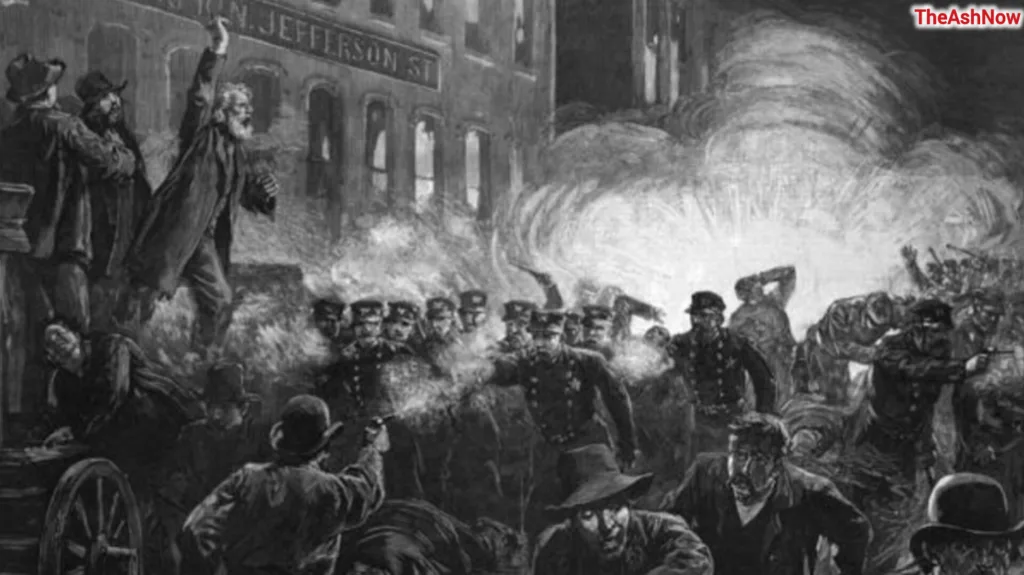
1. Agricultural Economy
1.1 Regional Specializations
Each colonial region had its own agricultural focus, shaped by geography and climate:
| Region | Primary Crops | Notes |
|---|---|---|
| New England | Corn, squash, beans, livestock | Rocky soil limited large-scale farming |
| Middle Colonies | Wheat, barley, oats | Known as the “breadbasket colonies” |
| Southern Colonies | Tobacco, rice, indigo, cotton | The plantation economy was dependent on slavery |
1.2 Plantation System
- Dominant in Virginia, Maryland, the Carolinas, and Georgia
- Relied heavily on enslaved African labor
- Huge profits for landowners; little mobility for poor whites or slaves
1.3 Subsistence vs Commercial Farming
- Subsistence farmers grew just enough for their families
- Commercial farms produced cash crops for export, especially in the South
2. Trade Networks and Mercantilism
2.1 Mercantilist Policies
The British government enforced mercantilism, aiming to enrich the empire by:
- Limiting colonial trade to British ships
- Forcing the colonies to buy British goods
- Using laws like:
- Navigation Acts (1651–1696)
- Molasses Act (1733)
2.2 Triangular Trade
The infamous Triangular Trade involved:
- Raw materials (e.g., sugar, cotton, tobacco) → Europe
- Manufactured goods → Africa
- Enslaved Africans → Americas
This system was profitable but morally devastating, as it built entire economies on human trafficking.
2.3 Smuggling and Colonial Resistance
- Many colonists smuggled goods to avoid British tariffs
- Notable smugglers: John Hancock, Rhode Island merchants
- Smuggling helped fund anti-British resistance
3. Urban Commerce and Port Cities
3.1 Major Trade Hubs
By the mid-1700s, cities like Boston, New York, Philadelphia, and Charleston became centers of commerce, shipping, and finance.
3.2 Goods Traded
- Exports: Tobacco, cotton, lumber, furs, rum, whale oil
- Imports: Manufactured goods, textiles, tea, molasses, guns
3.3 The Rise of Merchant Class
- A wealthy class of merchants and shipbuilders emerged
- They invested in:
- Trading ventures
- Warehouses
- Banking institutions
- Newspapers
This new class often clashed with British taxation and supported independence.
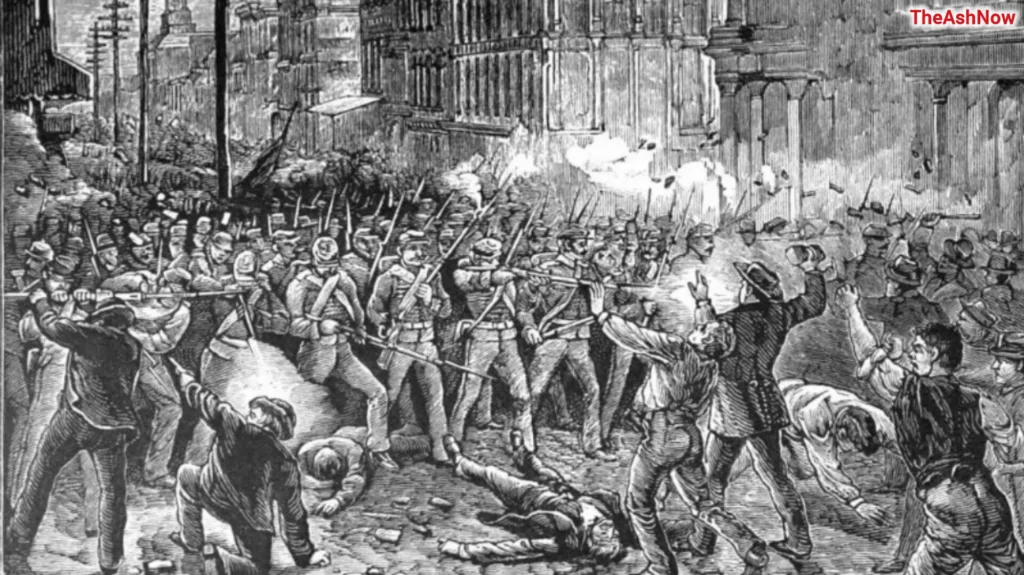
4. Industry and Manufacturing
4.1 Cottage Industries
- Household production was common: soap, candles, clothing, leather goods
- Women and children were integral to small-scale production
4.2 Larger Industries
- Lumber and shipbuilding in New England
- Ironworks in Pennsylvania and New Jersey (e.g., Hopewell Furnace)
- Textiles and weaving in homes and small mills
4.3 Lack of Large-Scale Factories
- British policy discouraged colonial manufacturing
- Colonies provided raw materials, and Britain produced finished goods
This created economic dependence and resentment.
5. Labor Systems and Wages
5.1 Free Labor
- Artisans, blacksmiths, carpenters, coopers, bakers, and masons were paid laborers
- Wages were modest and often paid in barter or credit, not coins
5.2 Enslaved Labor
- Slavery underpinned agriculture and urban development in the South and North
- Enslaved people were unpaid, legally unprotected, and often worked in:
- Fields
- Households
- Construction
- Ports
5.3 Indentured Servitude
- Contracts of 4–7 years
- Many did not live long enough to complete them
- Provided temporary but cheap labor
6. Currency and Finance
6.1 Currency Problems
- Colonists used a mix of:
- British pounds
- Spanish pieces of eight
- Barter
- Colonial paper notes (devalued frequently)
6.2 Lack of Banks
- Few formal banks existed; most credit came from:
- Wealthy merchants
- British lenders
- Community networks
6.3 Debt and Economic Inequality
- Farmers often fell into debt traps
- Merchants extended credit, creating dependency
- Economic inequality widened between landowners and laborers
7. Early Capitalism and Entrepreneurial Spirit
7.1 Emergence of Private Enterprise
- Entrepreneurship thrived in:
- Printing (e.g., Benjamin Franklin)
- Shipping
- Taverns and inns
- Whaling and fur trade
7.2 Joint-Stock Companies
- Investors pooled resources to fund ventures (e.g., Virginia Company)
- These laid the foundation for modern corporations
7.3 Self-Made Men
- A growing belief in social mobility through hard work
- Examples: Benjamin Franklin (printer to diplomat), Paul Revere (silversmith and patriot)
8. Taxation and Rebellion
8.1 British Taxes
To recover war debt from the French and Indian War, Britain imposed:
- Stamp Act (1765)
- Townshend Acts (1767)
- Tea Act (1773)
8.2 Colonial Reaction
- Massive boycotts of British goods
- Creation of Sons of Liberty
- Boston Tea Party (1773) as an act of economic defiance
8.3 Economic Push Toward Independence
- British economic restrictions were seen as tyrannical
- Many colonists realized they could prosper independently
- Commerce and capitalism fueled revolutionary ideals
Conclusion of Part 3
Economically, colonial America was maturing fast, diversifying, expanding, and challenging imperial limits. A capitalist mindset was taking hold, fueled by ambition, inequality, and a growing desire for economic freedom. This transformation made independence not just a political necessity, but an economic inevitability.
💡 Coming up in Part 4: “Colonial Education, Science, Arts, and Civic Life” – where we explore how schools, libraries, arts, public engagement, and scientific curiosity shaped the minds of early Americans.
Related Articles:


